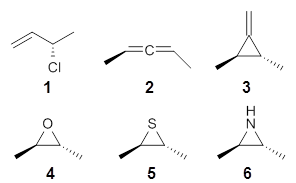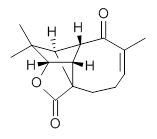Computational Chemistry Highlights received nearly 21,000 pageviews in 2012.
A total of 62 highlights were published in 2012 and the five most viewed highlights are
1. Chemical Networks (Triple Header!) highlighted by Robert Paton in July
2. Steric Crowding Can Stabilize a Labile Molecule: Solving the Hexaphenyethane Riddle highlighted by Shason Shaik in April
3. A Paramagnetic Bonding Mechanism for Diatomics in Strong Magnetic Fields highlighted by Grant Hill in July
4. Hydrogen-bond stabilization in oxyanion holes: grand jeté to three dimensions highlighted by Robert Paton in April
5. Benchmarking Semiempirical Methods for Thermochemistry, Kinetics, and Noncovalent Interactions: OMx Methods Are Almost As Accurate and Robust As DFT-GGA Methods for Organic Molecules highlighted by Jan Jensen in November
The most popular entries within the last 30 days can as always be found on the right hand side of this page.
The are many ways to stay updated on the latest CCH highlights
A total of 62 highlights were published in 2012 and the five most viewed highlights are
1. Chemical Networks (Triple Header!) highlighted by Robert Paton in July
2. Steric Crowding Can Stabilize a Labile Molecule: Solving the Hexaphenyethane Riddle highlighted by Shason Shaik in April
3. A Paramagnetic Bonding Mechanism for Diatomics in Strong Magnetic Fields highlighted by Grant Hill in July
4. Hydrogen-bond stabilization in oxyanion holes: grand jeté to three dimensions highlighted by Robert Paton in April
5. Benchmarking Semiempirical Methods for Thermochemistry, Kinetics, and Noncovalent Interactions: OMx Methods Are Almost As Accurate and Robust As DFT-GGA Methods for Organic Molecules highlighted by Jan Jensen in November
The most popular entries within the last 30 days can as always be found on the right hand side of this page.
The are many ways to stay updated on the latest CCH highlights
CCH currently has 122 subscribers on Google Reader, 80 twitter followers, 436 Google+ followers, 28 Facebook followers, and 27 followers on Linkedin.




